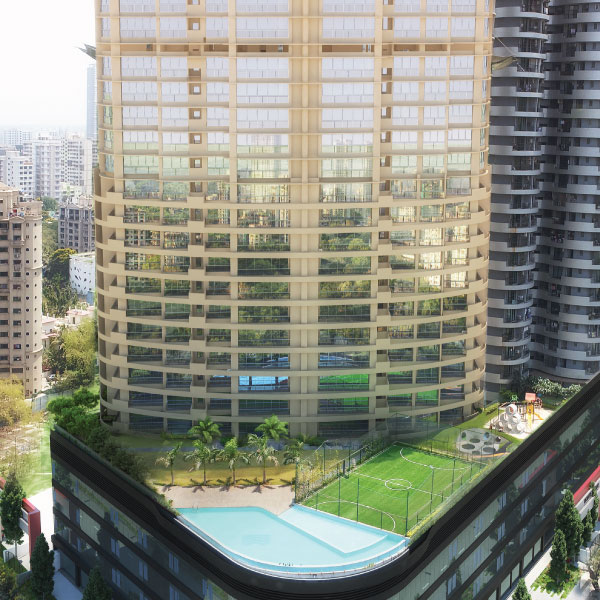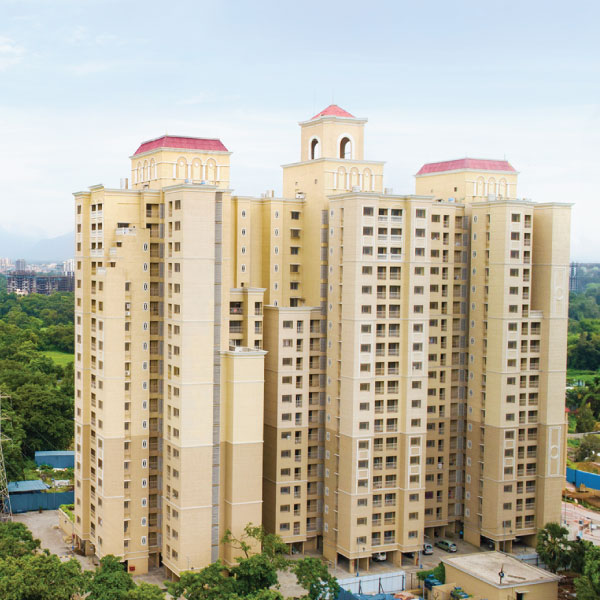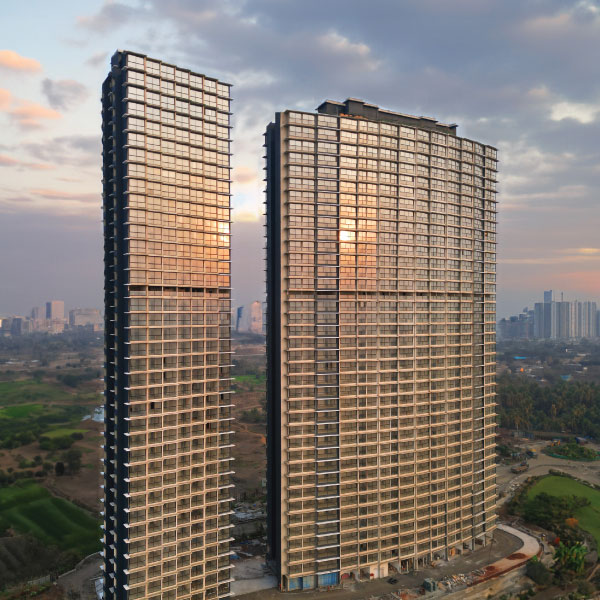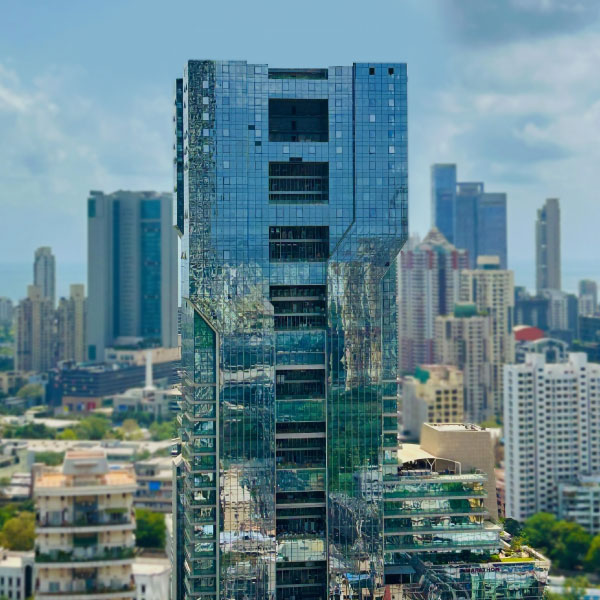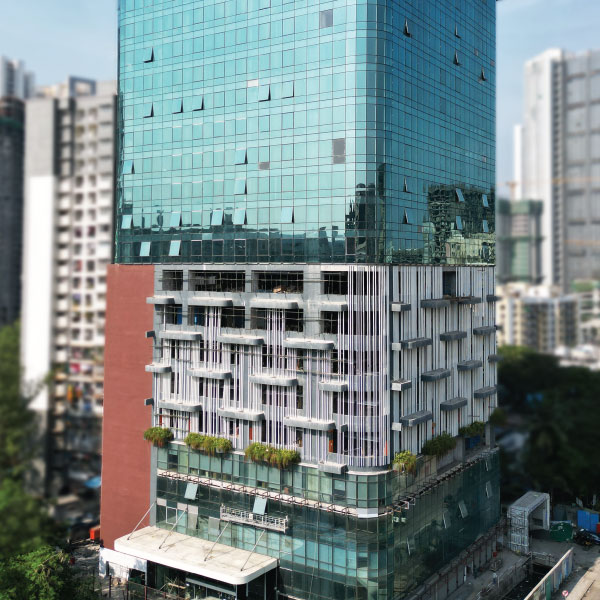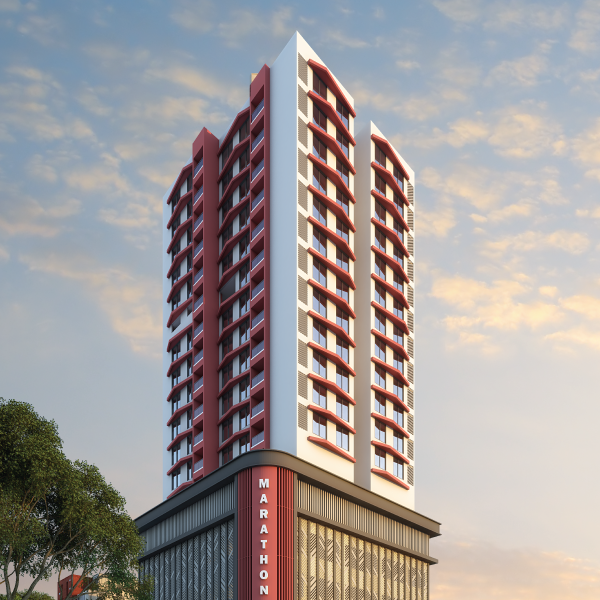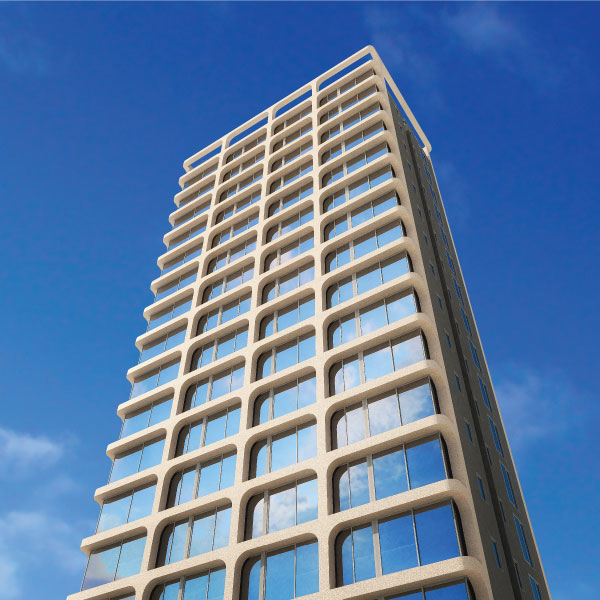How to set a budget for buying an under-construction property?
Last Updated on, September 29th, 2022

For most people buying a home is the biggest purchase decision in their lifetime, and with so many variables involved like home loan eligibility, interest rates, down payment, and pre-EMIs, setting a budget can seem like a daunting task. After all, you don’t want to be too conservative and miss out on a larger or better home, and you definitely don’t want to be over-ambitious and struggle with financial obligations!
We’re here to simplify and break down the process of setting a budget for buying an under-construction home. We will examine each of the important decision factors – home loan eligibility, savings, pre-EMI and EMI, and overall affordability.
How buying under-construction property differs from buying ready property
To understand how to set a budget for buying an under-construction home, it’s important to understand the key differences between buying under-construction and ready property. With ready property, setting a budget is straightforward – apply for a home loan, and ensure you have sufficient funds to pay the balance loan contribution.
One of the advantages of buying under-construction property is that it allows you to stretch your budget to a certain extent. When you buy an under-construction property, the entire payment for the home is not due in one shot like when you buy a ready property, and you can make the payment in instalments as per a payment schedule. As per the Real Estate Regulatory Act (RERA) the payment schedule for an under-construction property is linked to the construction stage of the project. For example, developers can charge up to 40% of the flat cost on completion of the plinth of the project and up to 70% of the cost till the completion of the top slab. This means that your payment towards the flat is made in several instalments allowing you time to save funds for making the payments.
Even home loan EMI’s work differently for under-construction property vs ready property. When you take a home loan to buy a ready property, the entire loan is disbursed and your EMI will start from the first month and includes both principal and interest components. For under-construction property, the home loan disbursal will happen as per the payment schedule and banks offer the option of paying only interest on the disbursed amount while the project is under-construction.
Once the project is complete and the loan is fully disbursed, the full EMI will start.
In the above case, the full EMI for a 20-year tenor would be Rs. 64,447
Pro tip – If you can afford to make a full EMI payment or some prepayments during the under-construction phase, you should do that to reduce the principal amount of the loan.Some banks fund upto 90% or even 95% of the agreement valueAs you can see above buying an under-construction property places a lesser financial strain on the buyer during the construction of the project as the buyer only needs to pay pre-EMI on the disbursed amount.
Consider the below example:
Ajay wants to buy a flat worth Rs 1,00,00,000
Ajay’s downpayment – Rs. 20,00,000
Home loan – Rs. 80,00,000
Rate of interest – 7.5%
Amount due in 1st year as per payment schedule – Rs. 40,00,000
Home loan disbursed in year 1 – Rs. 20,00,000 (balance 20 lacs is own contribution)
Pre-EMI – Rs. 20,00,000 * 7.5% /12 = Rs. 12,500
The buyer only needs to pay a pre-EMI of Rs. 12,500 during the first year. This amount will keep increasing as further demands as made by the developer as per the payment schedule
Setting a budget
Now that you’ve understood how home loans work differently for under-construction property, let’s get into the details of setting a budget. You will need to set an overall budget and decide what is the price range that you can afford. The first step to doing this is to calculate your home loan eligibility
1. Check your home loan eligibility
For salaried employees, home loan eligibility calculation is quite straightforward. Follow the steps below to estimate your eligibility.
Check your gross monthly income (before taxes) on your payslip. For example Sunil’s gross salary is Rs. 1,00,000
Most banks consider approximately 60% of the gross salary to be the persons EMI payment capacity. In this case the amount would be Rs. 60,000
Deduce any existing EMI’s (not closing in the next 12 months). Sunil has an auto loan EMI of Rs. 10,000. Which means that balance amount towards servicing EMI is Rs. 50,000
For a 20 year loan tenor, and 7.5% interest rate, the EMI per lac is Rs. 806. So Sunil’s approximate loan eligibility is Rs. 50,000/806 = Rs. 62 lacs
Note –
Different banks have different eligibility criteria and calculations may differ. Loan tenor and rates also vary.You can club the income of multiple people to the loan. For example, if Sunil’s wife has an income, she can be added as a co-borrower to increase the eligibility. Other sources of income can also be added like rental income, bonuses etc.For self-employed people there are various methods of estimating loan eligibility. Depending on your type of business eligibility can be calculated on gross margins, net profit, receipts, or even income estimation. Check with a banker for an accurate eligibility calculation.
Get a loan pre-sanction
Estimating your own eligibility is a good first step. You now know the price range of the properties you can afford. In Sunil’s case the price range of the properties he can afford is approximately Rs. 70 to 75 lacs (depending on whether the bank will fund 80% to 90% of the purchase value) since his home loan eligibility is 62 lacs. Sunil can now start scouting for properties in that price range
However, it is strongly recommended that you get a home loan pre-sanction from a bank. A pre-sanction is an in-principle sanction based on your income eligibility before you have identified the property. Most banks have a very easy pre-sanction process where you need to submit a few basic documents like salary slips, bank statements, IT returns and KYC. Some banks even have an online approval process. It is important to get a pre-sanction since that will enable you to find out the exact loan amount. It will also help you identify any issues in your credit record or your CIBIL score – you will be surprised how many people find out about some issues in their CIBIL score! You can check your CIBIL score yourself on several websites including the CIBIL website
Need help with your home loan?
What you’re eligible for vs what you can afford
It’s also important to differentiate what you’re eligible for vs what you can afford, and this is typically a very subjective calculation. Take stock of all your obligations – rent payments, children’s school fees, utility bills, taxes, insurance premiums, etc, and ensure that you can comfortably afford the pre-EMI and the EMI.
With under-construction property, you can stretch slightly on the final EMI since your income is likely to increase by the time your full EMI starts, however, don’t overstretch your budget beyond a reasonable level.
As a general rule, you should also have at least around 10-15% of the flat cost in personal savings to pay for your own contribution and for expenses like stamp duty which banks do not fund. Also ensure that you have sufficient savings for emergencies.
Pro tips –
Can’t afford to pay rent and pre-EMI?
In case you’re paying rent currently and can’t afford to pay the pre-EMI till you move into the new property, look for subvention payment schemes where pre-EMI is not due till OC or possession. The builder will typically build in the pre-EMI interest cost in the flat value itself in such cases.
Have home loan eligibility but don’t have sufficient savings?
There’s a solution to this issue too. If you don’t have sufficient savings for downpayment plus stamp duty, you can avail of a bridge loan for a short term period. Ensure that you can comfortable afford the EMI of the bridge loan as well as the pre-EMI of the home loan, or else opt for an interest subvention scheme on the home loan. Also ensure that the bridge loan is from an approved institution and does not impact your home loan eligibility. At Marathon we have partnered with Home Capital to provide downpayment assistance schemes.
2. Identifying the property and planning your cash flows
Now that you’ve arrived at a budget, there’s still some more financial planning to do. The next step is to identify the property. Once you’ve shortlisted the properties plan the following steps.
Study the payment schedule
The stage of construction is an important factor – a project at a very early stage will have a low pre-EMI in the initial stages giving you some breathing room, whereas a project at an advanced stage of construction will have a large pre-EMI amount from day 1.
Study the payment schedule carefully and understand the tentative dates of milestones from the developer. These may vary as construction is a complex activity, but it will give you a general idea of when your pre-EMI will increase and when you need to contribute own funds.
You can also check if the builder offers subvention schemes. Under a subvention scheme, pre-EMI cost is typically added on to the flat cost and the buyer does not have to pay pre-EMI till possession or a certain milestone. This is especially helpful if you’re staying on rent.
Pro tips –
When option for a subvention scheme do a quick calculation to make sure that the difference between the regular payment scheme flat cost and subvention flat cost is not exorbitant and would be roughly equal to the pre-EMI cost during construction.
Understand components that will be funded
It’s also crucial to understand from your banker what components of the apartment cost they will fund. Most banks fund only on the agreement value and do not fund stamp duty, GST, registration, and other charges payable at possession, while some do. Ensure your cash flow planning accounts for these outgoings.
Check for parallel funding schemes
You can also check with your bank for parallel funding options to ease the initial cash flow requirements. For example if a bank is funding 80% of the flat cost, you don’t necessarily have to pay the balance 20% upfront. With parallel funding schemes you can pay 10%, get the bank to disburse 40% and then pay the balance 10% at a later stage. All banks may not offer this so it’s important to check this with your banker upfront. Most banks will insist on at least 5-10% minimum downpayment
Check for PMAY subsidy
Under the Pradhan Mantri Awas Yojana, Lower income groups are eligible for an interest subsidy upto Rs. 2.67L on their first home. To learn more about PMAY and the eligibility criteria read our guide to the Pradhan Mantri Awas Yojana
Bottom line
We hope that this helped you set a realistic budget for your home purchase. There are several factors involved, so make sure you take all the variables into account when you’re buying your dream home. Good luck with your home buying journey!
About Marathon
Marathon Group is a 52 year old real estate builder that has completed over 80 projects in the city. The Group has a wide portfolio of projects across affordable housing, luxury housing, townships, commercial spaces and retail spaces and has a presence in Mulund, Bhandup, Panvel, Dombivli, Kalyan-Shil, Byculla and Lower Parel.
Marathon Nextown is part of the Nex series of projects by Marathon – township projects in fast-growing regions of Mumbai Metropolitan Region (MMR). The group has launched townships at Badlapur, Dombivli, Kalyan-Shil and Panvel.
To learn more about Marathon’s projects visit marathon.in



